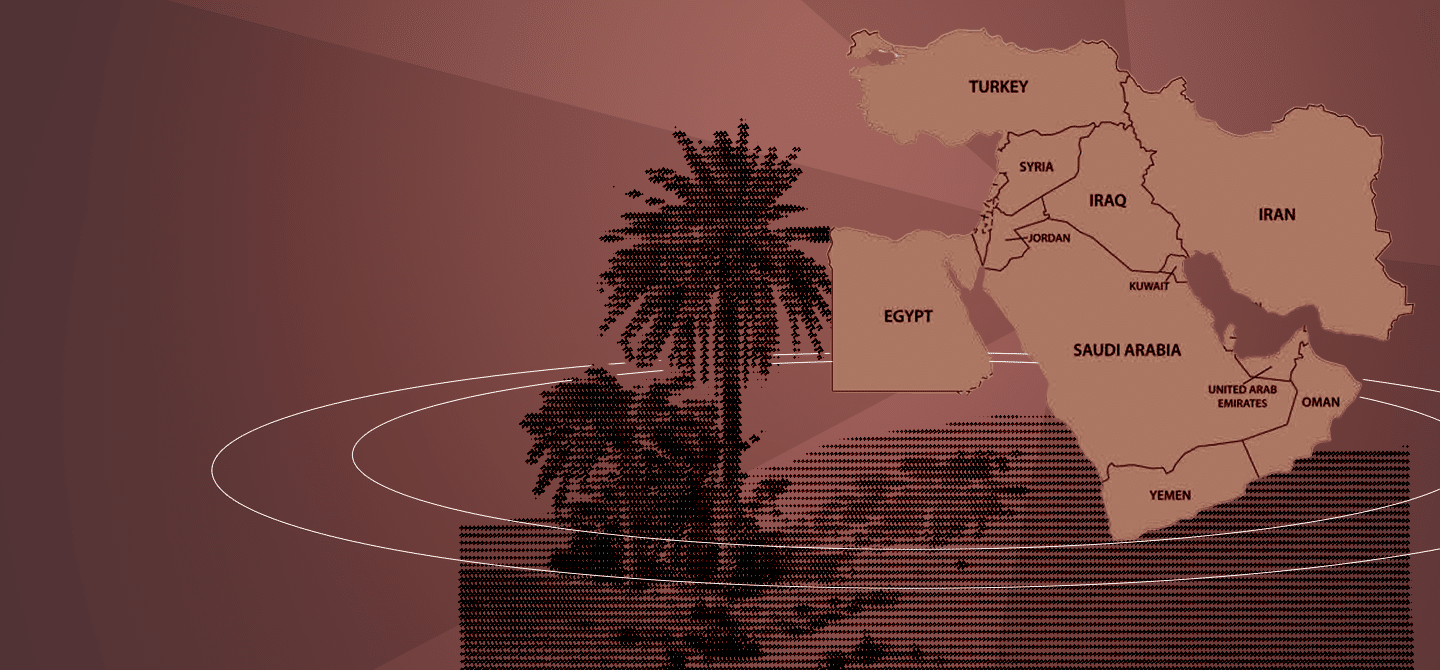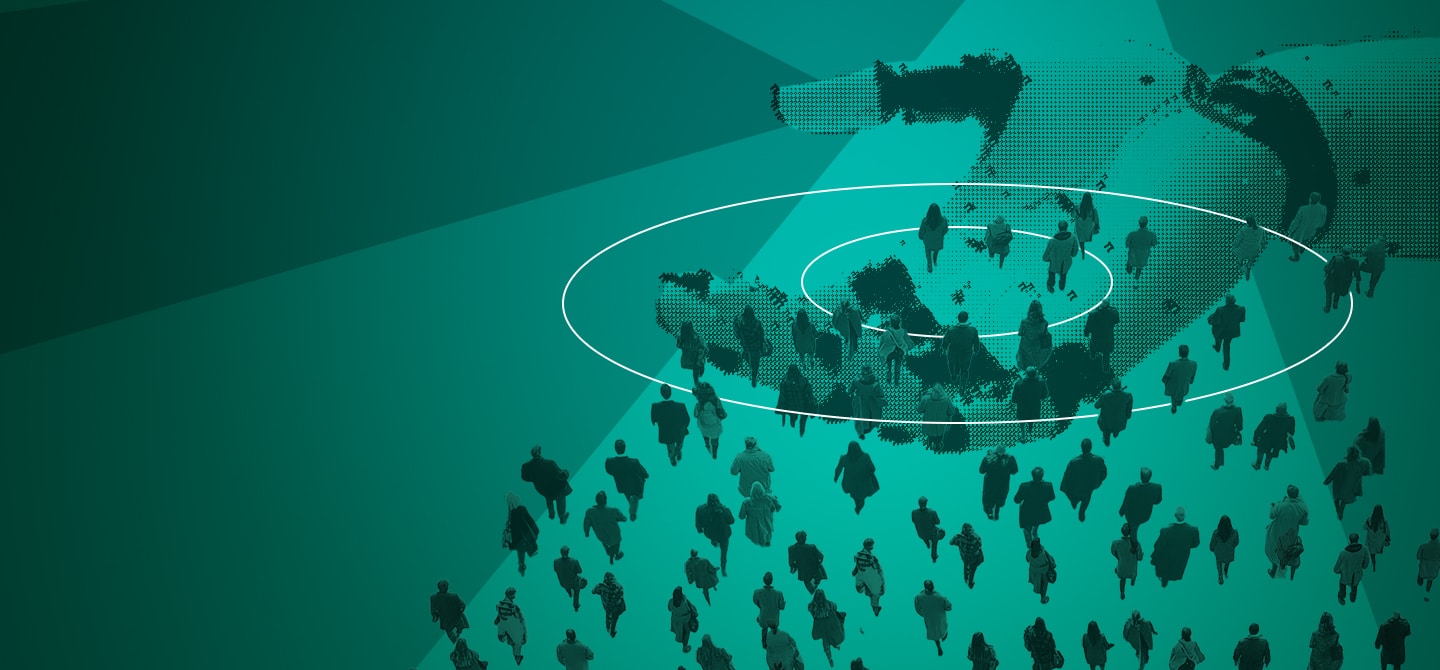Cognitive warfare: the new battlefield exploiting our brains
- Cognitive warfare explores the potential manipulation by hostile actors using cognitive science, such as propaganda and disinformation.
- It encompasses operations aimed at corrupting the adversary's thought processes and altering their decision-making capacity using a scientific approach.
- It affects the cognitive capacities of individuals through the use of technologies, which can influence attention and reactions in the short term, and cognitive structure in the long term.
- To deal with this, we need to physically protect people in strategic situations and promote the sensible use of digital technology, despite the challenges.
- The Gecko project aims to develop systems for exploring cognitive warfare in the context of fictitious crises, in order to prepare those involved in national security operations.
“Cognitive warfare,” an expression that appeared in 2017 in the public speeches of American generals and was quickly taken up by scientists and political scientists, is as worrying as it is fascinating. What does it mean exactly? We take a look at this new concept with Bernard Claverie, professor of cognitive science at the Bordeaux Polytechnic Institute and founder of the École nationale supérieure de cognitique.
The concept of cognitive warfare is now very much in vogue in the world of defence. How did it originate?
Bernard Claverie: The concept is dual – civil and military – and is also known as “cognitive dominance” or “cognitive superiority”. It came to the fore around fifteen years ago in the United States. Initially, it denounced the potential opened up in the field of manipulation by the considerable advances in cognitive science, and expressed suspicion that they might be put into practice by hostile states or organisations. Until recently, psy-ops (psychological operations), including propaganda and disinformation, as well as offensive marketing in the civilian sector, were based on fairly sketchy concepts of cognitive processes, which were still poorly understood. These operations therefore attempted to control what they could control, i.e. the information disseminated to enemies, competitors or consumers, in the hope of influencing their decisions and behaviour.
But the development of the so-called “hard” cognitive sciences – i.e. non-interpretative, verifiable and quantifiable – has changed all that. These disciplines study thought as a material object, from the converging points of view of various fields of knowledge: neuroscience, linguistics, psychology, analytical philosophy and the digital sciences, including AI. Their results show that it is possible to precisely target the cognitive processes themselves, and thus directly modify the opponent’s thought processes.
How can we define cognitive warfare today?
We are faced with a new threat, the boundaries and capabilities of which we are still trying to understand. If we must define it, we can say that cognitive warfare is at the very least a field of research – and probably a way of contributing to the preparation and conduct of war or hostile action – implemented by state or non-state actors. It covers operations aimed at distorting, preventing or annihilating the adversary’s thought processes, situational awareness and decision-making capacity, using a scientific approach and technological, and in particular digital, means.
Could you give us some examples of actions that could be covered by this concept?
Cognitive warfare uses technology as a weapon. It can use invasive technologies to alter the medium of thought, the brain, and more broadly the nervous system that underpins its functioning. In autumn 2016, for example, some forty employees of the Department of Defence at the US embassy in Cuba suddenly developed strange incapacitating symptoms, which have since been dubbed “Havana syndrome”. It was suspected that a targeted manoeuvre by an enemy power had exposed these people to neurobiological alterations through targeted radiation.
Cognitive warfare can above all take advantage of digital technologies to disrupt specific cognitive functions (memory, attention, communication, emotions, etc.) in targeted individuals. Examples include sending personalised text messages to members of parliament caught up in a voting session about their relatives, or sending photos of dead children to military decision-makers involved in an operation. The aim is to disrupt short-term thinking by influencing attention, decision-making and reaction.

However, and this is the most worrying aspect, there is a suspicion that these operations are taking place quietly over a long period of time. Using cognitive biases, they modify the thinking habits of the victims and have lasting, even irreversible effects on the cognitive personality, i.e. the way in which an individual processes information. For example, a pilot may be conditioned to react in the wrong way in a specific situation, a technician in charge of maintaining a machine may have their motivation gradually subverted by “digito-social” influences, or individuals may be radicalised within identity-based groups via social platforms, in order to convince them, apparently of their own free will, of the moral rightness of lethal operations. The actions are widespread, involving both the digital and real worlds. Proof of a deliberate attack can then be much harder to establish, especially as the detection of a cognitive effect is often too late and the targeted person naturally tends to minimise the effect, or even to conceal the fact that they have been targeted.
As you pointed out earlier, digital resources seem to be omnipresent in cognitive warfare…
We can no longer live without digital technology: it shapes our way of thinking from a very early age, so it has a powerful influence on our intelligence and emotions, our minds and our pleasure, our ways of thinking and planning.
What’s more, the hegemony of predatory companies in the organisation of the cyber world, combined with the fragility of the legal systems overseeing new practices, has very quickly attracted the interest of leaders and ideologues, who have taken advantage of this to find the means to carry out their projects. Attackers rely on the skills and resources of these private companies or on the proxies of unscrupulous states, often with the help of ideological accomplices, i.e. people subjected to distorted thinking who become relays for altering the thinking of others.
The tools of digital hyperconnectivity are thus turning the cyber world into a gigantic theatre of operations, unfortunately with the complacency, even dependence, of users who, for the most part, prefer risk to reason.
How can we protect ourselves from these attacks?
We need to try and act proactively. Beyond the physical protection of individuals in strategic situations, part of the solution would be to free ourselves from our addiction to digital technology or to learn to use it sensibly and objectively. However, this goal seems unattainable today… The development of critical thinking, the verification of information, mistrust of content shared on the Internet, and disconnection as often as possible offer another protection, fallible but already useful… however, can it be imposed?
For military personnel, political figures and strategic industrial players, who are the first targets of short-term cognitive actions, it is possible to resort to specific and adapted awareness-raising campaigns. The Gecko project1 aims to develop systems for exploring cognitive warfare in fictitious crisis situations, to prepare civilian and military decision-makers and operational staff involved in national security operations in France and overseas for the risks involved. In some cases, the use of digital decision support or decision monitoring tools could also prove effective. We are still in the early stages of identifying weapons, and therefore of combating this new form of warfare.
We need to discuss the ethical dimensions of this type of cognitive action. A democracy is vulnerable to this kind of attack… but can it simply carry one out itself?
Interview by Anne Orliac
Find out more:
- D.S. Hartley and K.O. Jobson, “Cognitive Superiority”, Springer Nature Switzerland, 2021.
- N. Cowles and N. Verrall, “The Cognitive Warfare concept: A short introduction,” Defence Science and Technology Laboratory, Salisbury, UK, DSTL/TR146721 v1, 2023.
- G. Pocheptsov, “Cognitive Attacks in Russian Hybrid Warfare,” Information & Security, An International Journal, vol. 41, pp. 37–43, 2018
- A. Bernal, C. Carter, I. Singh, K. Cao, and O. Madreperla, “Cognitive Warfare – An Attac on Thought and Truth,” Johns Hopkins University, Baltimore MD, USA, 2020.
- H. M. Eshrat-abadi and S. S. Moghani, “Modern Cognitive Warfare: From the Application of Cognitive Science and Technology in the Battlefield to the Arena of Cognitive Warfare,” Journal of Human Resource Studies, vol. 12, no. 2, pp. 156–180, 2022, doi: 10.22034/JHRS.2022.158895.
- B. Tashev, M. Purcell, and B. McLaughlin, “Russia’s Information Warfare: Exploring the Cognitive Dimension,” (U.S.) Marine Corps University Journal, vol. 10, no. 2, pp. 129–147, 2019.
- B. Claverie, “Cognitive Warfare” – Une guerre invisible qui s’attaque à notre pensée. in Jean-François Trinquecoste (ed.). Faut-il s’inquiéter ?, Éditions IAPTSEM, pp. 89–115, 2024.
- B.Claverie, F. Du Cluzel. “Cognitive Warfare”: The Advent of the Concept of “Cognitics” in the Field of Warfare. Bernard Claverie, Baptiste Prébot, Norbou Buchler & François du Cluzel (ed.). Cognitive Warfare: The Future of Cognitive Dominance, NATO Collaboration Support Office, pp.2, 1–7, 2022.
- J. Giordano. Neurotechnology in National Security and Defense. Boca Raton: CRC Press. 2014.















